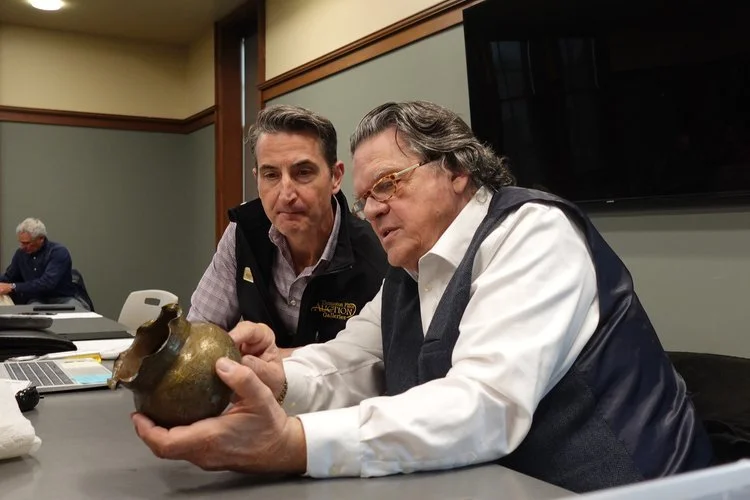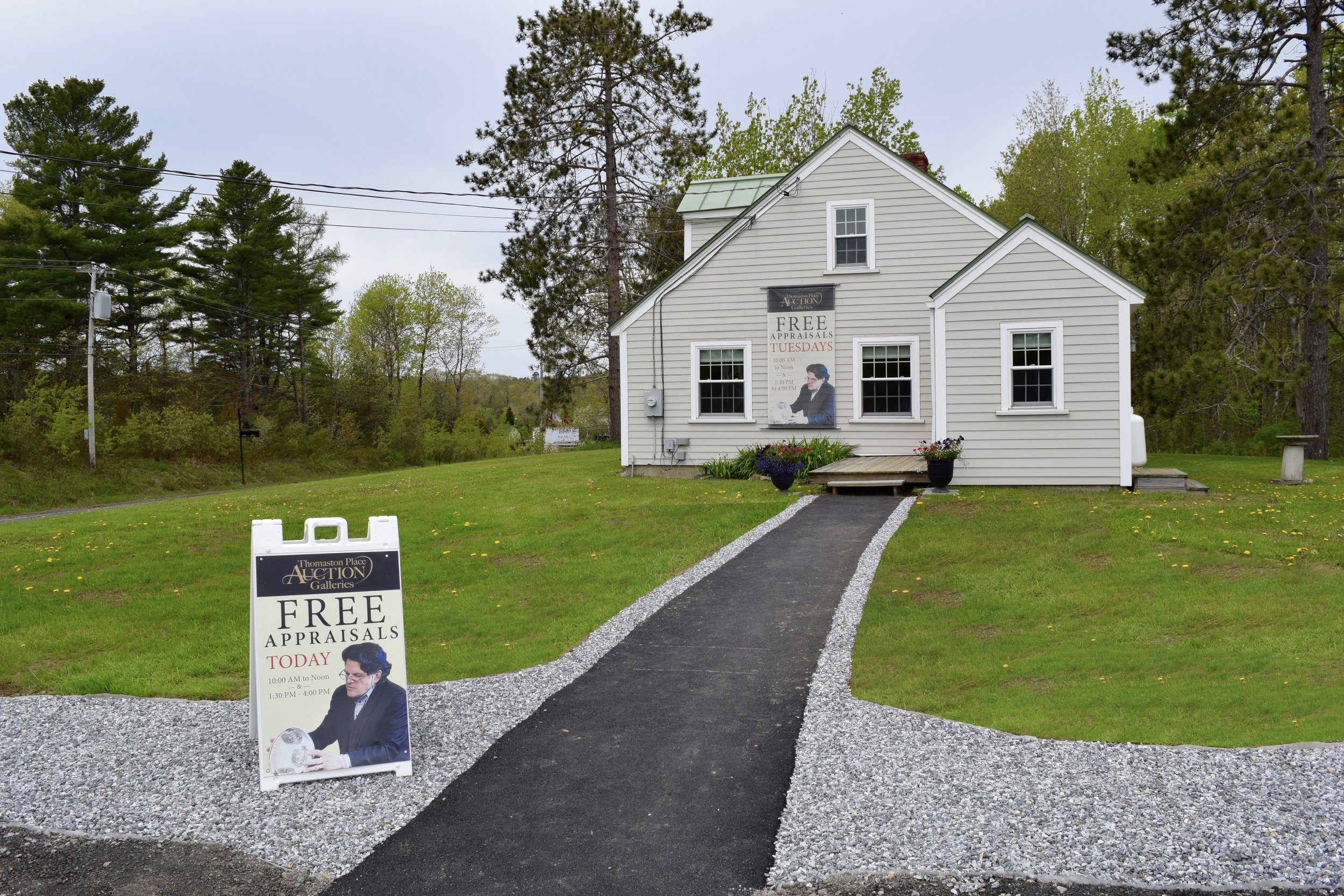-

Upcoming Auctions
Explore all upcoming & past auctions hosted by Thomaston Place Auction Galleries and register to bid online, over the phone, or in person.
-

Valuation and Appraisals
At Thomaston Place Auction Galleries, our valuation professionals will give you an accurate estimation of auction value.
-

Consignment
Consign your treasures with us and we will take you step by step through the entire process from valuation & promotion to the official auction.
A World Renowned Auction House Devoted to Preserving Art
- Presenting the Most Unique and Treasured Estates to the World’s Finest Collectors -
What Our Clients Are Saying…
-
Great packaging. Wonderful service. Very pleased. 5/5 Stars.
-Fred L. (Online Bidder)
-
We impressed by how consistently excellent the staff is at Thomaston Auction. Every time we deal with staff: in person, by email, or by phone, it's a positive experience.
-Karl A. (In Person Bidder)
-
The smoothest auction bidding process that I've ever had the pleasure to do.
-Michael K. (Online Bidder)
-
Fantastic!!! Everyone I talked to there were very sweet and very helpful, the best!
-Liliana D. (Phone/Absentee Bidder)
Standing Among the World’s Leading Auction Houses.
Recognized among the most respected names in the auction industry—including Christie’s, Sotheby’s, Bonhams, and Phillips—Thomaston Place Auction Galleries is a trusted full-service auction house based in Thomaston, Maine.
Specializing in fine art, antiques, jewelry, rare artifacts, and museum-quality objects, the gallery is renowned for its expertly orchestrated sales that attract a global audience of distinguished collectors.
With a strong focus on historically significant pieces sourced from private estates and important collections across the world, Thomaston Place connects exceptional objects with discerning buyers through in-person, phone, absentee, and online bidding—ensuring historic treasures continue to inspire a new generation of collectors worldwide.




